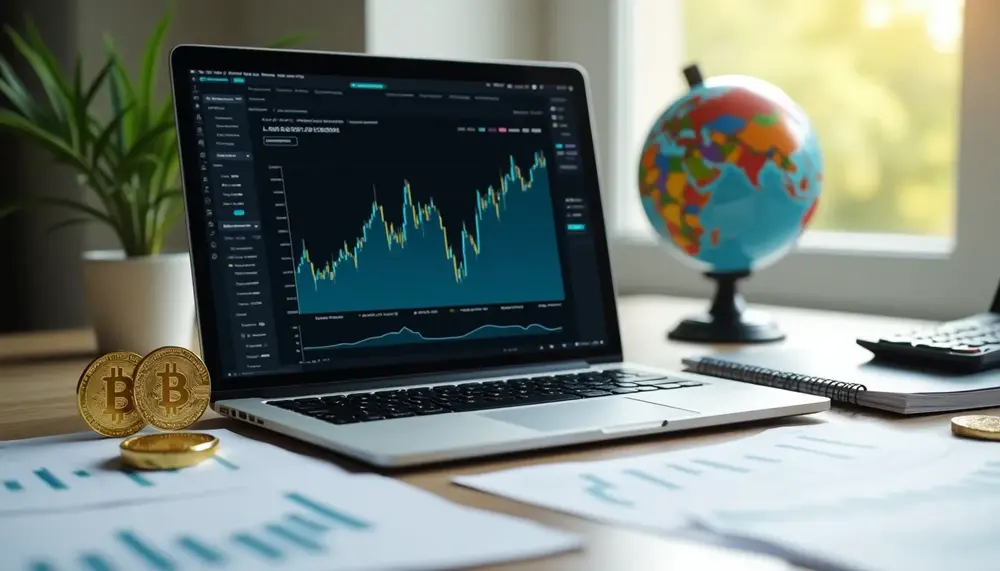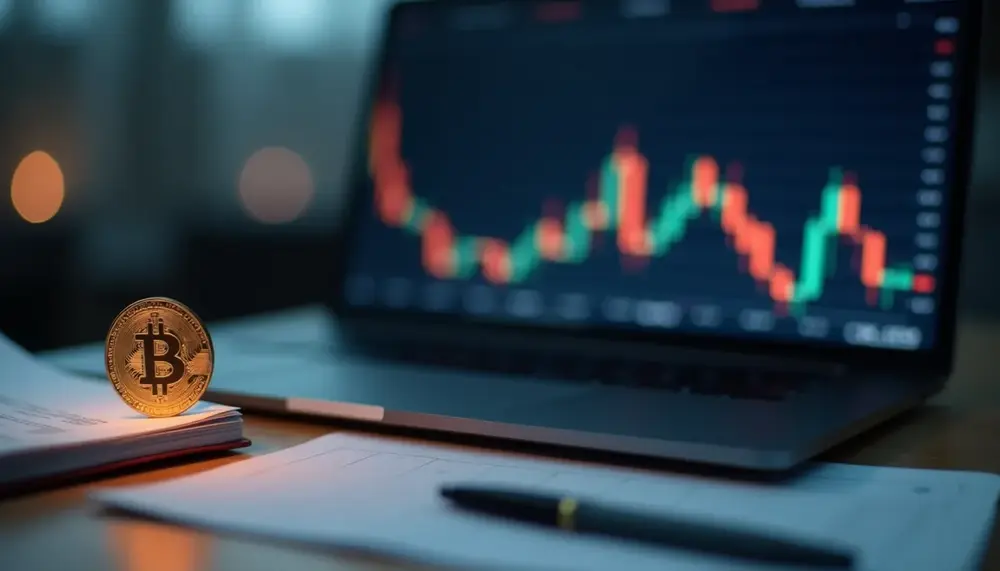Introduction to Quantitative Easing
Quantitative easing (QE) is a monetary policy used by central banks to inject money into the economy. This is done when traditional methods, like lowering interest rates, are not effective anymore.
How Does Quantitative Easing Work?
In QE, central banks create new money electronically to buy government bonds or other financial assets. This process increases the money supply, encourages lending, and boosts investment and spending in the economy.
Quantitative Easing in Cryptocurrency
In the world of cryptocurrency, quantitative easing can influence the market but in a different context. Central banks' actions impact investor sentiment and can lead to shifts in the investment towards or away from crypto assets. For example, more liquidity in the market might drive investors towards riskier assets, including cryptocurrencies.
The Role of Quantitative Easing on Exchange Platforms
Exchange platforms can experience significant impacts from QE policies. Increased liquidity and investor interest often translate into higher trading volumes and volatility. This can provide opportunities for traders on platforms offering various assets including cryptocurrencies, stocks, and other commodities.
Quantitative Easing on All-in-One Platforms
All-in-one platforms, which offer diverse financial services, might see an uptick in user engagement and activity during periods of QE. These platforms can benefit as users look to capitalize on the financial opportunities presented by the increased liquidity and market dynamism accompanying quantitative easing.





